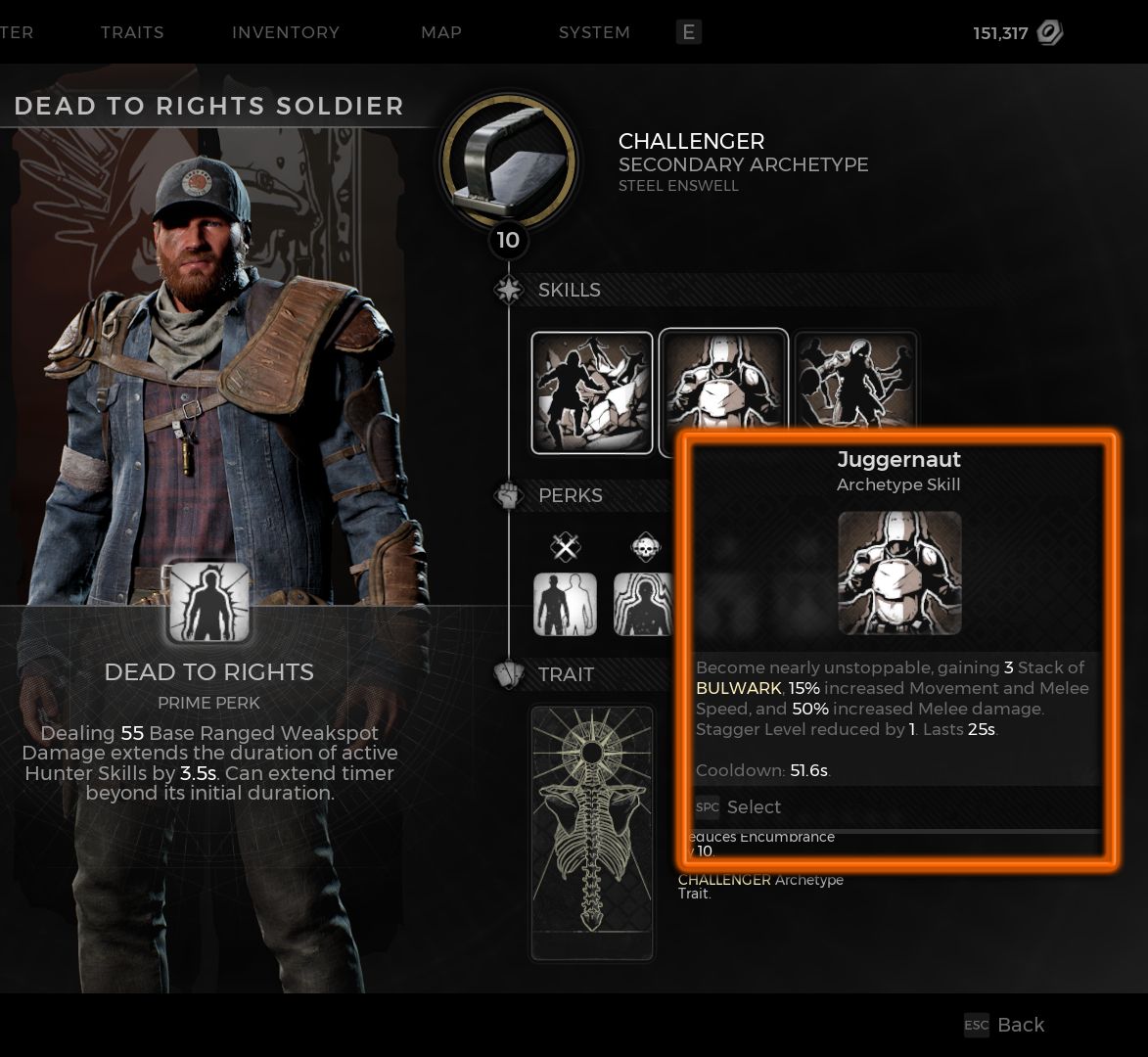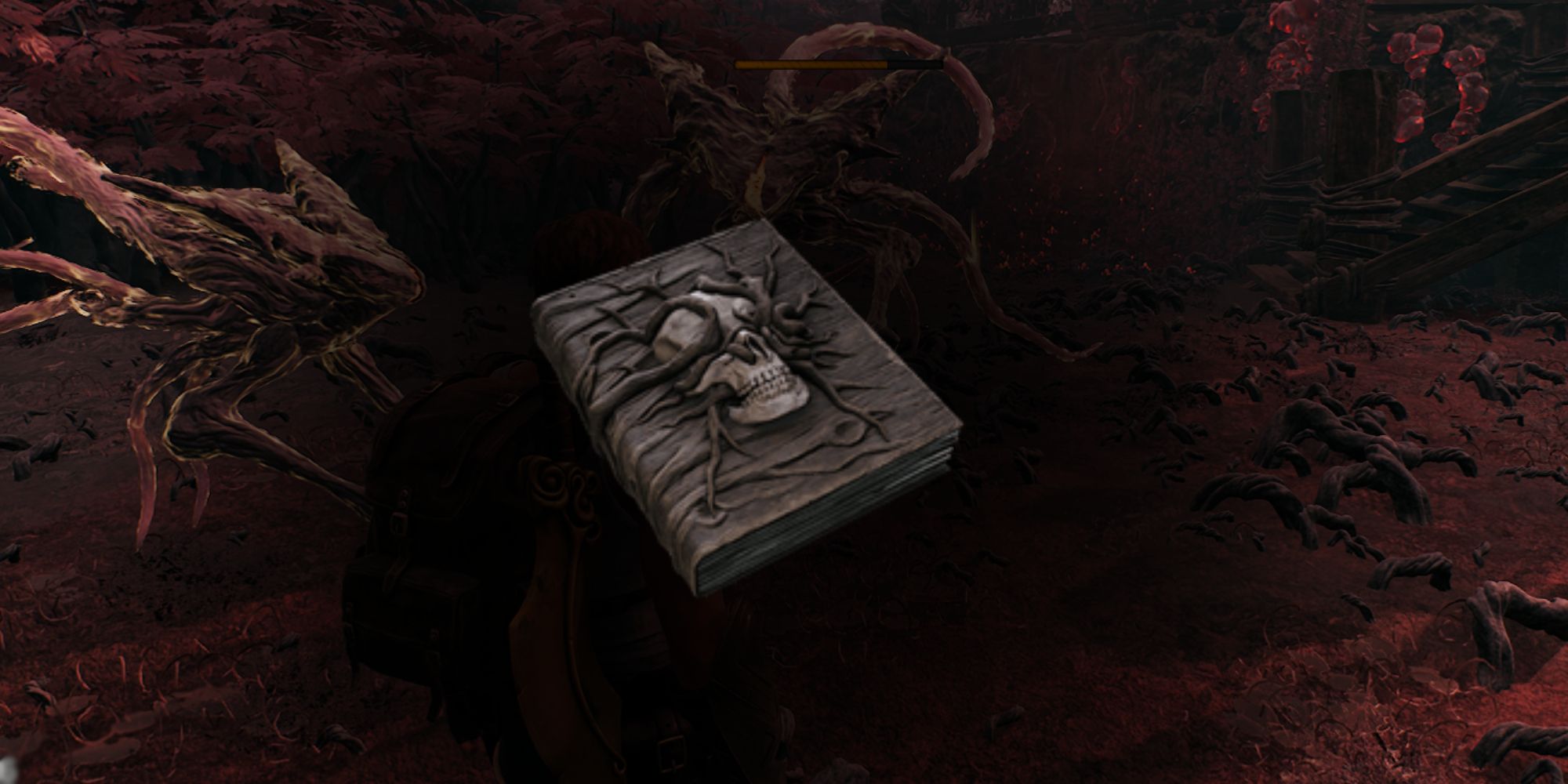Remnant 2: Bulwark, Explained’ is a concise guide to understanding the game.
Remnant 2: Bulwark, Explained' is a concise guide to understanding the game.
Remnant 2: Unraveling the Mysteries of the Bulwark Buff

Ah, Remnant 2, a game that follows the tradition of Souls games by providing minimal explanations and leaving you to fend for yourself. It’s like being thrown into a labyrinth without a map, but hey, that’s part of the fun, right? Well, mostly. Sometimes it can be a bit confusing, especially when it comes to understanding certain stats, buffs, or even figuring out where to go next.
The Mysterious Bulwark Buff
One prime example of this enigmatic nature is the Bulwark buff, particularly if you’ve chosen the Challenger Archetype as your starting class. The game doesn’t bother explaining what the Bulwark does, so we’re here to shed some light on this intriguing mechanic.
The Bulwark is a nifty little buff that grants your character a stackable reduction in damage. When you acquire it, the base Bulwark provides a five percent damage reduction, and the best part is, it can be stacked up to three times, resulting in a whopping 15 percent damage reduction!
To check if your character has the Bulwark buff active, simply access the Character Menu and look for a white shield icon located in the top left corner of the screen. It’s like having a personal bodyguard, but without the fancy suit.

The Power of the Bulwark
Now, you might be wondering, why is this buff such a big deal? Well, my friend, let me tell you. In a game as challenging as Remnant 2, every advantage counts, especially during those intense boss fights. The Bulwark buff can be a lifesaver, particularly for those brave souls who prefer a Tank build. Picture this: you’re drawing all the attention, taking hits like a champ, and your teammates are free to rain down destruction upon your enemies. It’s a beautiful symphony of chaos and teamwork.
- Story of Seasons: Complete Festival Guide
- Sims 4 Military Career Guide
- Yakuza: Like A Dragon – Substory Guide
How to Obtain the Bulwark Buff

Now, let’s talk about how to get your hands on this marvelous buff. If you’ve chosen the Challenger Archetype, you’re in luck! This class offers the easiest method to obtain the Bulwark buff. Within the Challenger’s skills and perks, you’ll find two options that grant you the Bulwark Buff:
-
Juggernaut Skill: Unlocked at level 5, this skill provides your character with three stacks of Bulwark for 25 seconds. It’s like having a personal shield generator, but without the fancy sci-fi gadgets.
-
Face of Danger: This Relic Perk awards you two stacks of Bulwark for 10 seconds when you use a Relic within 10 meters of an enemy. It’s like a secret handshake with the gods of protection.
But wait, there’s more! There are other items scattered throughout the game that can also grant you the Bulwark buff. Check out the table below for a handy reference:
| Item | Description | Location |
|---|---|---|
| Blessed Ring | Gain 2 stacks of Bulwark after receiving the benefit from a Relic. Lasts 15 seconds. | Can be randomly found in Cass’s shop. |
| Fae Bruiser Ring | Gain 2 stacks of Bulwark when dealing Melee Damage. Lasts 7 seconds. | Can be randomly found in Losomn. |
| Guardian’s Ring | Gain 1 stack of Bulwark within 7 meters of enemies. Gain 2 stacks of Bulwark after taking Melee Damage. | Can be found at the Nameless Nest in Yaesha. |
| Hardcore Metal Band | Gain 1 stack of Bulwark when taking damage. Maximum 5 stacks. Individual stacks last for 10 seconds. | Can be randomly found in N’Erud. |
| Mechanic’s Cog | Gain 1 stack of Bulwark, and 15 percent Movement Speed, when carrying an Engineer Heavy Weapon. | Can be randomly found in Cass’s shop. |
| Rusted Heirloom | Gain 2 stacks of Bulwark when HP is below 50 percent. | Locked safe in Losomn. |
| Soul Guard | Gain a stack of Bulwark for every active Summon. | Can be crafted at Bloodmoon Altar in Yaesha. |
So, there you have it! The Bulwark buff, a powerful tool in your arsenal to survive the treacherous world of Remnant 2. Now go forth, brave adventurer, and may the Bulwark be with you!
NEXT: Remnant 2: Summoner Archetype Guide






